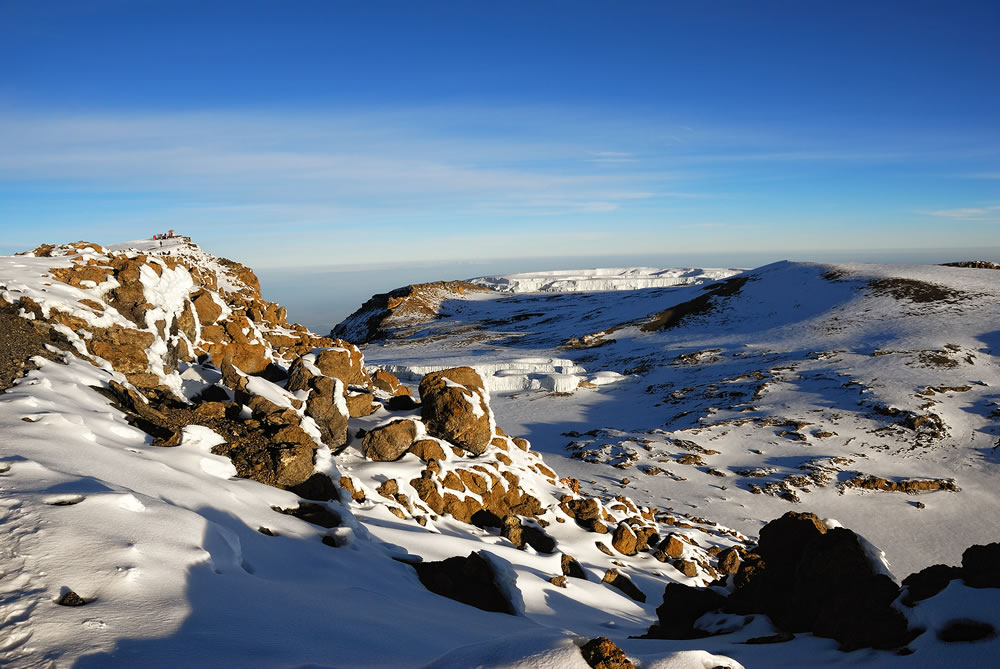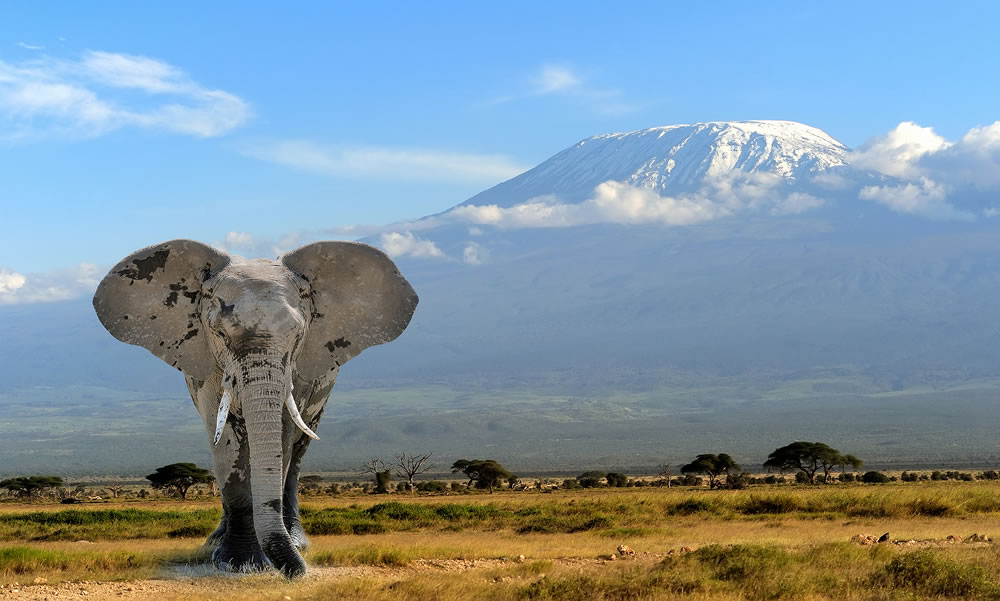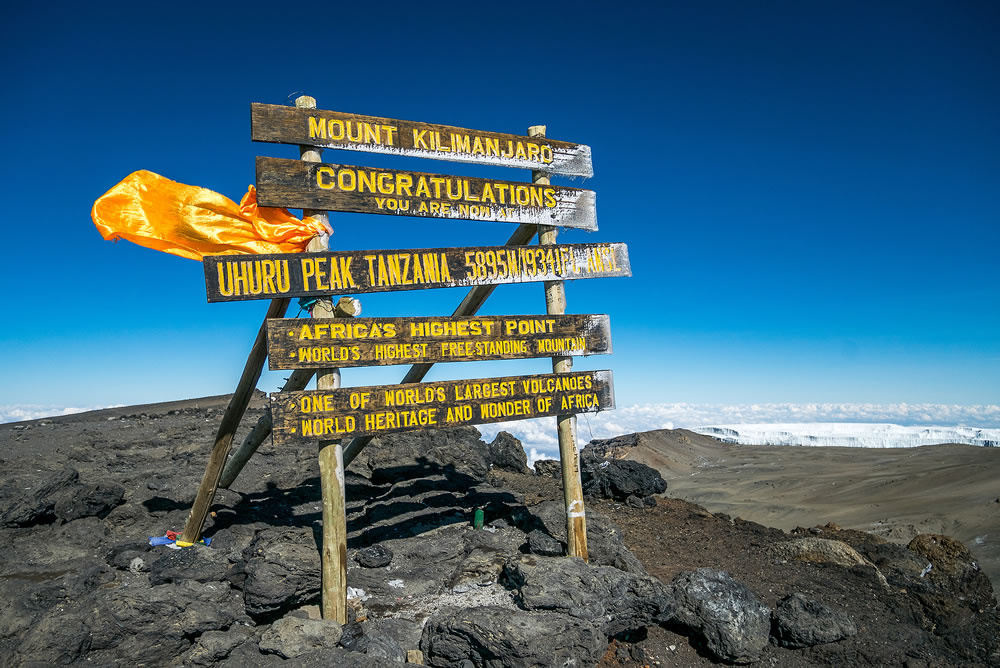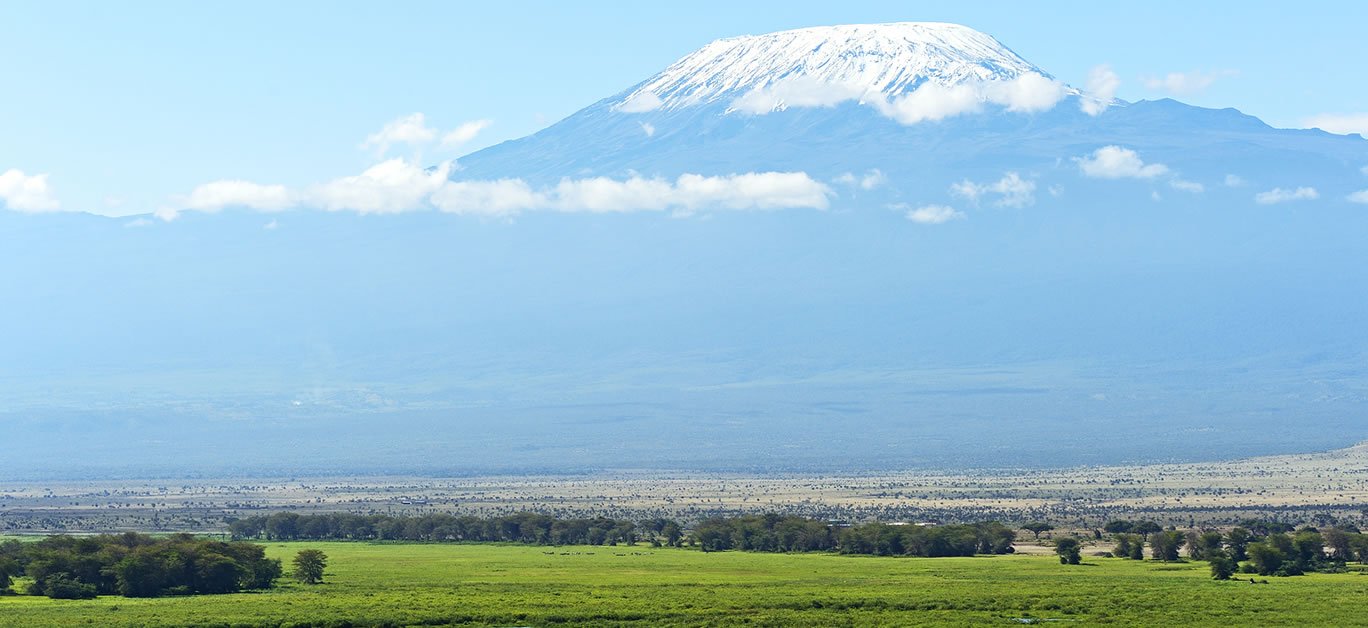There’s nothing like an indulgent stay at a five-star hideaway in the tropics when it comes to getting some much-needed rest and relaxation, but for the more adventurous traveller, all that lazing around and soaking up the sunshine can quickly begin to feel a little boring. If you’re looking for an action-packed getaway to mix things up a bit in 2022, then there are plenty of thrilling options to choose from, and from kayaking the Norwegian Fjords to walking the Great Wall of China, there’s something to suit everyone.
Perhaps one of the most exciting pursuits to consider, however, is following in the footsteps of renowned explorer and author Joseph Conrad and packing a backpack to head to Tanzania, Africa, where breath-taking scenery, an abundance of wildlife and a rich and interesting culture awaits. So, too, does the chance to scale the second highest mountain in the world – Kilimanjaro – and while anyone who considers themselves a true traveller will no doubt be keen to tick seeing such a grand volcano shining with ice among the sultry, dusty savannas off of their bucket list, climbing to the very top is a once-in-a-lifetime adventure that is reserved only for the most daring.
Nevertheless, there are a multitude of reasons to consider getting out of your comfort zone and taking on the challenge of Kilimanjaro climbing for your next getaway – and here are just a few of them.

Visit the top of a dormant volcano
The first and main reason to consider scaling this epic mountain, which stands at an impressive 5,895 metres tall, is its intriguing geological nature. According to local legends, in 1868 this towering mass threw tons of dust and ash into the air, the clouds from which eclipsed the sun.
As you ascend, this thought can’t help but blow your mind. Now, the fiery volcano lies dormant, but it’s still possible on occasion to see gasses escaping from its crevices. They aren’t dangerous, but it is impossible to predict when they will appear, which makes being there when they do a truly special experience you’ll never forget.
Take in the beautiful scenery and nature along the way
Even from the afar, the sight of Kilimanjaro is an awe-inspiring one, and many films and cartoons that have been set in Africa have featured it as a result. Simba famously strolled along its base in the Lion King, while Lara Croft was brought here on her adventures in 2003 flick Tomb Raider: Cradle of Life, to name but a couple of examples – and nature lovers will have no doubt seen it appear in many a David Attenborough documentary, most recently visiting the mountain as part of an intrepid quest across seven continents in BBC docuseries, Planet Earth.
On that note, joining a wildlife safari is a great way to explore all of the riches Tanzania has to offer before or after your climb, with many of the nation’s leading luxury lodges offering the chance to see the Big Five – which included lions, rhinos, leopards, elephants and buffalo – on their daily game drives. So, be sure to save a little time after summiting Kilimanjaro to explore a little further afield, as the Serengeti and Ngorongoro Crater await.

Experience a journey through five different climate zones
Mount Kilimanjaro is made up of five different ecological climate zones, including cultivation, forest, heather-moorland, alpine desert and Arctic summit climate zones, and climbers will pass through each of them as they make their way to the top. The journey has often been compared to walking from the equator to the North Pole, such is the diversity along the way, and with a variety of different animals, birds and vegetation to be seen it’s an experience that will keep you guessing at every stage.
At the foot of the volcano, you’ll find savanna plants that are common in such areas, as well as a variety of different crops grown by local farmers, including coffee, bananas, sweet potatoes and corn. If you’re lucky, you might even spot a serval, honey badger, warthog or monkey – so don’t forget to have your camera to hand.
Immerse yourself in African jungle
As you continue to climb, you’ll begin to find yourself in the jungle. Here, temperatures are lower than in the Savannah, with rains coming in from the Indian Ocean to feed the abundant flora and fauna.
At an altitude of 3,000 meters and above, the jungle eventually gives way to heather thickets. Because the air heats up to as high as 28 degrees and plenty of precipitation falls in this climate zone, wild cereals and flowers, which thrive in such conditions, tend to grow here. The alpine rocky desert begins at an altitude of 4,000 meters. Here, it’s difficult to breathe because of the altitude and the humidity, and the sun’s rays are intense.

Enjoy a comfortable ascent
If you’re the type of traveller who likes to adventure comfortably, then it’s entirely possible to make your ascension of Kilimanjaro as pleasant as possible – but make no mistake, as this is not a journey for the faint-hearted, and you’ll want to get some training in in the months leading up to your departure to ensure you’re in good physical health to take on the challenge.
Once you’re ready to go, you’ll have the option to choose one of the trails laid along some of the gentler slopes, with camps for mild acclimatisation and porters from the local Chagga tribe on hand to lighten your load as you climb. Of course, if you’re feeling really daring then you can always take on a difficult route like the ‘Expedition to the Crater’ – but there are options to suit all abilities and ages.
The bottom line
Thanks to the effects of climate change, the ice on Kilimanjaro is already beginning to melt, which means in just a few years, seeing this epic mountain won’t be the same experience it is today. So, if you need an extra reason to go ahead and book those flights, then this is it – because if you want to see this miracle of nature in all its glory, then now is the time to do it.






















